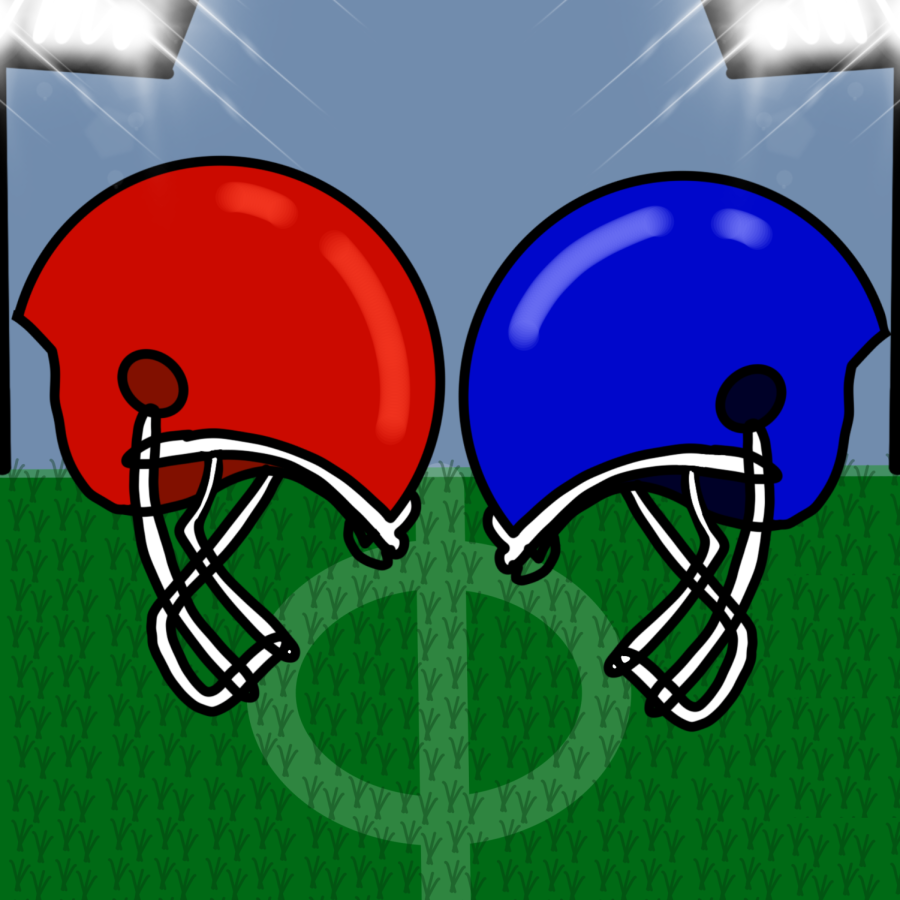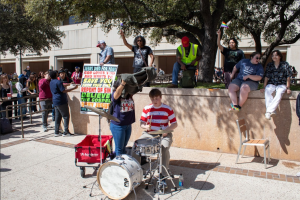Protecting the football product: quarterbacks
October 18, 2022
There once was an era where a quarterback was hit and tackled like every other player on the field. Since the early 2000s, the rules have become easier for them. The main goal is to protect the quarterback as they make the most money. But now, football has strayed away from tackle and closer to two-hand touch.
The two main rules that protect a quarterback are targeting and roughing. Targeting is described as when a player on either team lowers their head and makes helmet-to-helmet contact with another player during a football game. Roughing the passer is when a defensive player makes illegal contact with the quarterback after the ball is thrown. Ideally, these are perfect rules to have to protect the defenseless quarterback against a six-foot-five, 300-pound defensive lineman. However, more and more of these calls are being made in crucial moments, many of which may directly influence the outcome of the game. In both college football and the National Football League (NFL), quarterbacks are protected at different levels. In pivotal games like the 2019 Fiesta Bowl, Ohio State defensive back Shaun Wade hit Clemson University’s quarterback Trevor Lawrence above the neck. Wade was disqualified for the remainder of the game, which heavily affected the result for Ohio State. In last Monday’s football game, the Kansas City Chiefs’ defensive lineman Chris Jones strip-sacked the football from Las Vegas Raiders’ quarterback Derek Carr. However, after landing on top of Carr the call was reversed. The Raiders regained possession of the ball and kicked a field goal. These controversial calls seem to happen once every game in both college and the NFL. This raises the question; are these calls ruining the game?
The quarterback position is the most valuable on the field. So, of course, it is best for the quality of the game if these players are protected like no other. In the NFL, owners often pay quarterbacks tens of millions of dollars and will riot if their investment becomes injured. Even in college, the quarterback is still the face of the team. But now, defenders are left with nothing else to do besides “wrap up” the quarterback. It is almost an instinctive moment for defenders to bow their heads an inch or so when caving in on a player; however, now that is an automatic flag from the refs and more than likely a disqualification. Instead of the big-time hits, the defender now has to drag the quarterback to the ground and still be at risk of getting a roughing the passer call.
The calls also wipe away any momentum the game has. Reviews of questionable hits on the quarterback can slow the game down, and if the conclusion is to disqualify the player for the remainder of the game, the defense almost plays lifeless. Of course, the quarterback should not be laid out on the ground and should be called more strictly than a running back or wide receiver, but the direction both leagues are heading in is that quarterbacks will only be brought down by a touch or wrap-up instead of a legitimate tackle. Quarterbacks know the risk they are signing up for and understand part of the game is for defenders to stop offensive weapons, which quarterbacks are.
Quarterbacks continue to get the benefit of the doubt. If they are slow to get up, or the crowd makes too big of a gasp, it seems that a flag will be thrown, then a defender will be punished. Quarterback safety should be held to a high standard; however, more often than not, it is becoming impossible for defenders to tackle, ultimately making the game more favorable for the offense.








